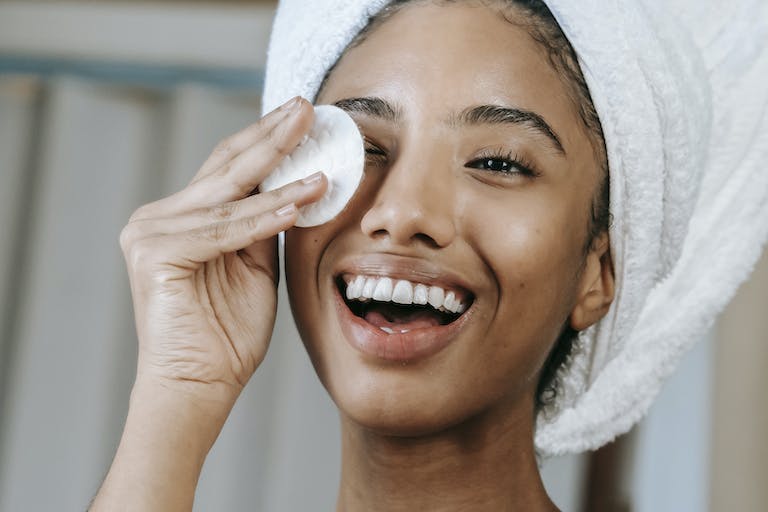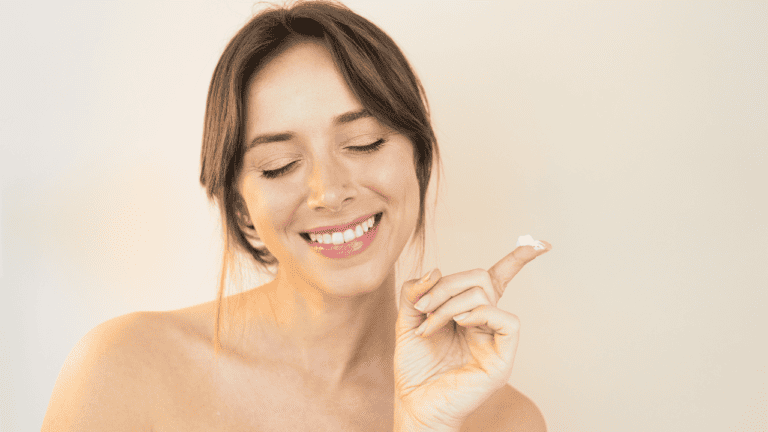Welcome to our in-depth exploration of a less-discussed aspect of red light therapy: the occurrence of peeling and dry skin. This article aims to shed light on why some individuals experience these skin reactions and provides practical advice for managing and preventing them. While red light therapy offers numerous benefits, understanding its impact on different skin types is crucial for safe and effective use.
Key Takeaways
- Peeling and dry skin after red light therapy, though not common, can occur due to individual skin sensitivity, overexposure, or pre-existing skin conditions.
- Adhering to recommended exposure times, preparing your skin properly, and using gentle post-therapy skincare can help prevent and manage these adverse reactions.
- If skin issues persist or worsen post-therapy, it’s essential to consult a dermatologist for personalized advice and treatment.
Overview of Common Skin Reactions to Red Light Therapy
Red light therapy, a non-invasive treatment method, is generally well-tolerated. However, a minority of users report experiencing peeling and dry skin. It’s important to note that these symptoms are not typical and often indicate an underlying factor at play rather than a direct consequence of the therapy itself.
Possible Causes of Peeling and Dry Skin Post-Therapy
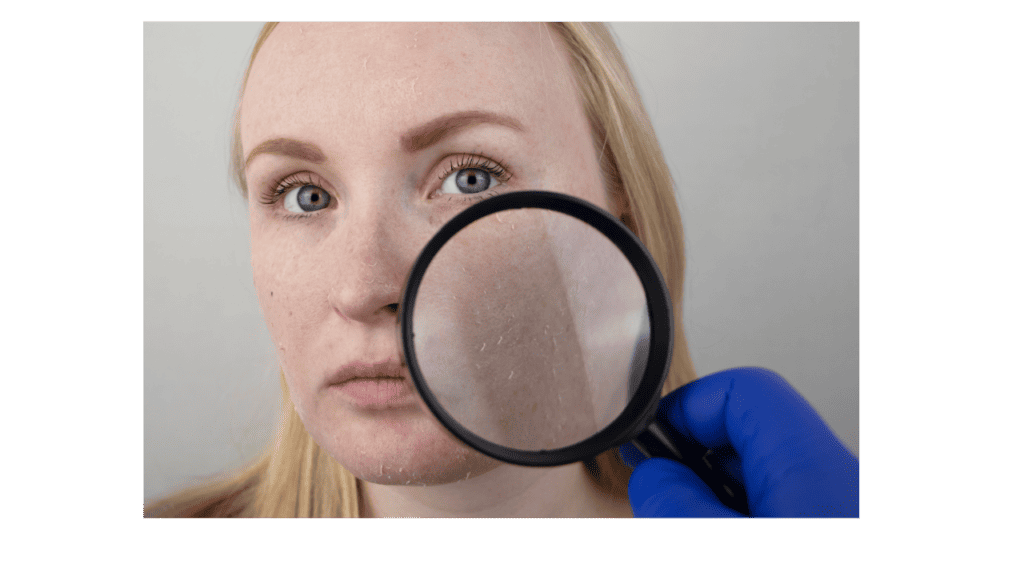
Skin Sensitivity
Individual skin sensitivity varies greatly. Some people may have a heightened response to red light therapy, leading to dryness and peeling. This reaction could be due to the skin’s natural barrier being more susceptible to changes in light and heat.
Overexposure
Overexposure is a common culprit. Exceeding recommended therapy durations can overwhelm the skin, disrupting its balance and leading to adverse reactions such as dryness and peeling.
Pre-existing Skin Conditions
Those with pre-existing skin conditions like eczema or psoriasis may find these issues exacerbated post-therapy. Red light can trigger an inflammatory response in already sensitive skin, leading to peeling and dryness.
Preventive Measures and Skincare Tips
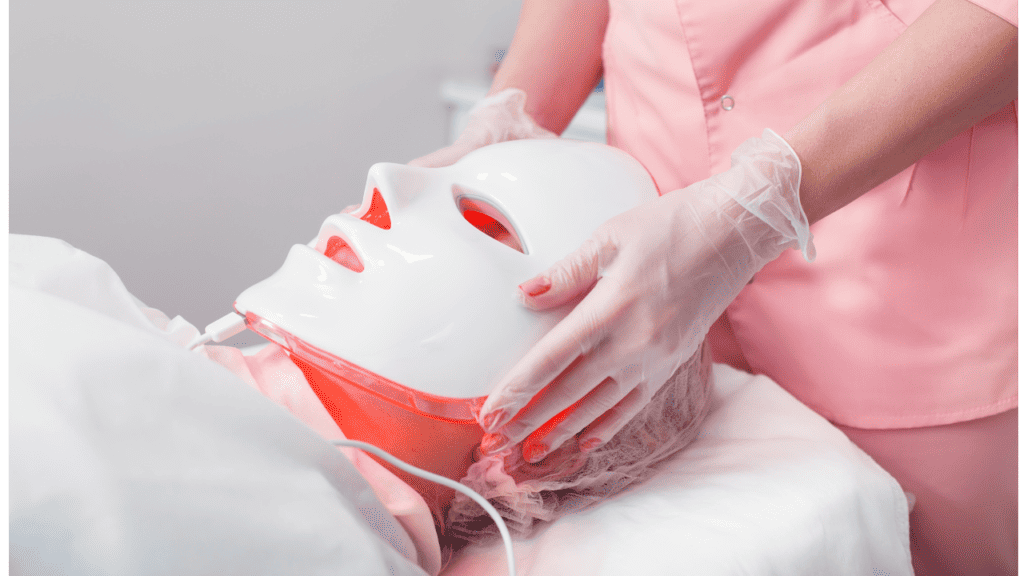
Appropriate Exposure Time
Adhering to recommended exposure times is crucial. Typically, sessions should not exceed 15-20 minutes. Staying within these limits can significantly reduce the risk of adverse skin reactions.
Skin Preparation
Preparing your skin can also play a vital role. Ensuring your skin is clean and free of any products that might react under red light is essential. Additionally, hydrating your skin well before therapy can help maintain its natural balance.
Post-Therapy Skincare
After therapy, gentle skincare is key. Use hydrating and soothing products to replenish and calm your skin. Avoid harsh chemicals or exfoliants that could exacerbate dryness or peeling.
When to Consult a Dermatologist
It’s vital to consult a dermatologist if you experience persistent or worsening skin reactions. They can provide tailored advice and rule out any underlying conditions that may be contributing to your skin’s response.
- Read More: Who Should Avoid Red Light Therapy? Caution Ahead
- Read More: The Ultimate Guide To Red Light Therapy For Skincare: Unlock Radiant, Youthful Skin
Conclusion
While peeling and dry skin are not common reactions to red light therapy, understanding why they occur and how to prevent them is essential. By being mindful of your skin’s needs and the therapy’s parameters, you can enjoy the benefits of red light therapy while minimizing potential adverse effects.
Remember, red light therapy is a powerful tool in skin care and healing, but like any treatment, it requires a personalized approach and an understanding of your skin’s unique needs.
FAQs
How often should I undergo red light therapy?
This depends on the specific treatment and your skin’s response. Generally, 2-3 times a week is recommended, but consult with a professional for personalized advice.
Are there any specific skincare products I should use post-therapy?
Look for products that are hydrating and soothing. Ingredients like hyaluronic acid, aloe vera, and ceramides can be beneficial.
Can diet or other lifestyle factors affect my skin’s reaction to red light therapy?
Yes, a well-balanced diet, adequate hydration, and avoiding smoking can positively influence your skin’s health and its response to therapy.
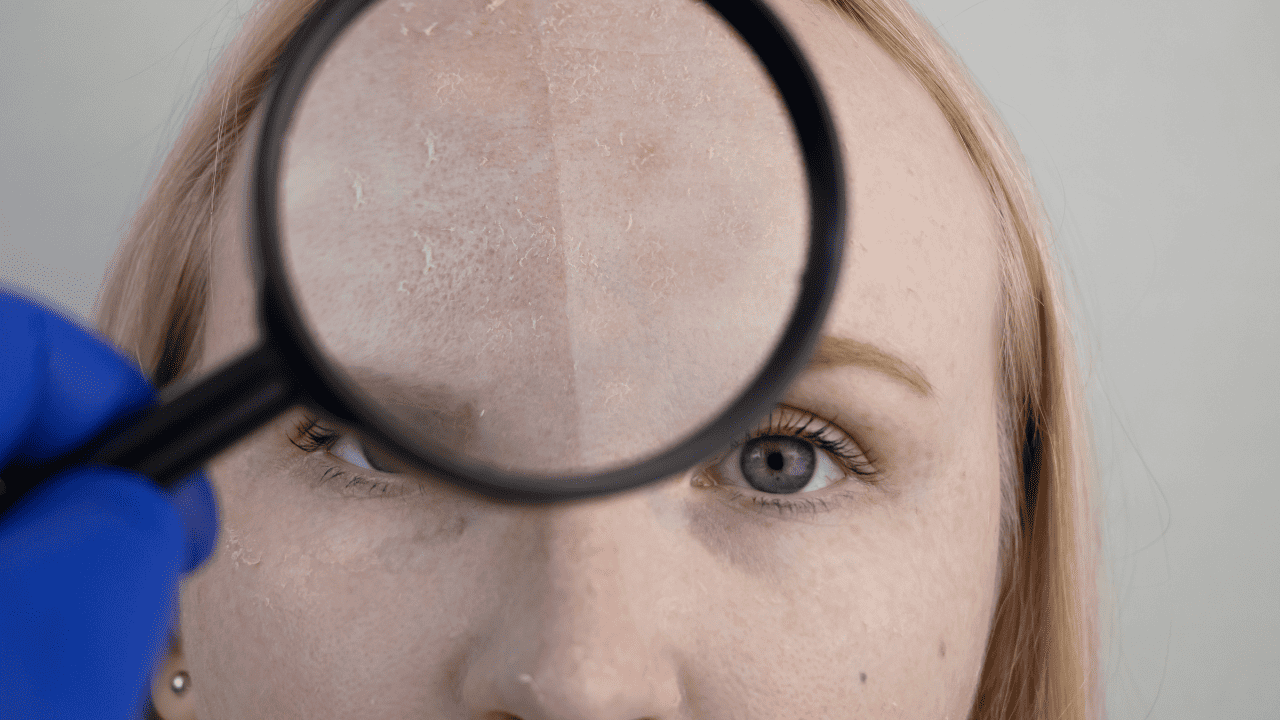
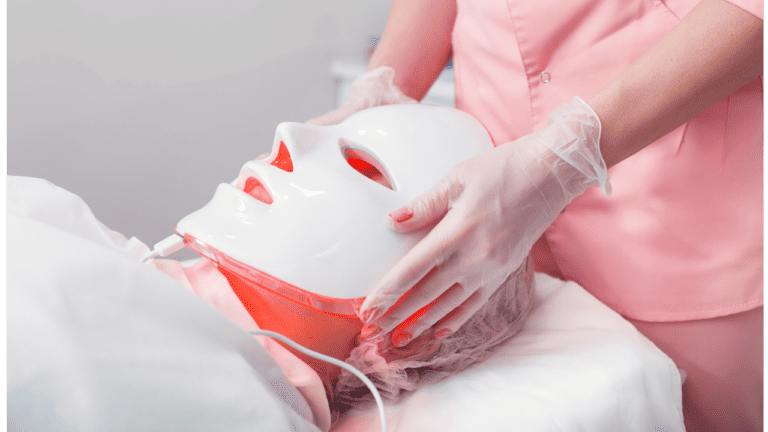
![Ilso Nose Pack [Review] – Tried & Tested](https://itslisabelle.com/wp-content/uploads/2023/12/Screenshot-2023-12-22-at-7.04.26 PM-768x770.png)

